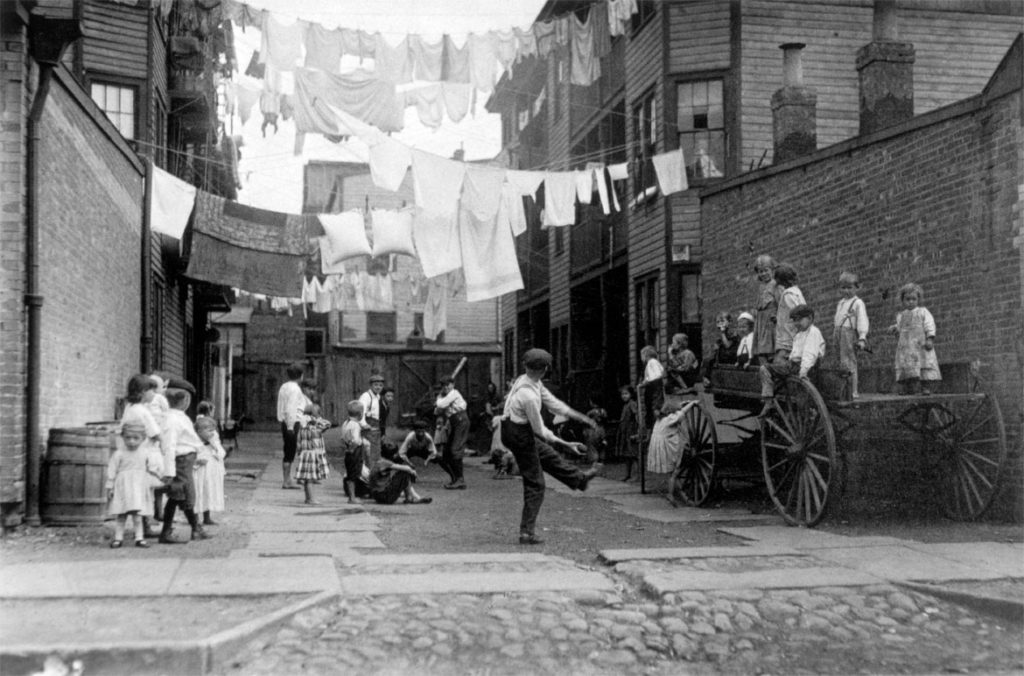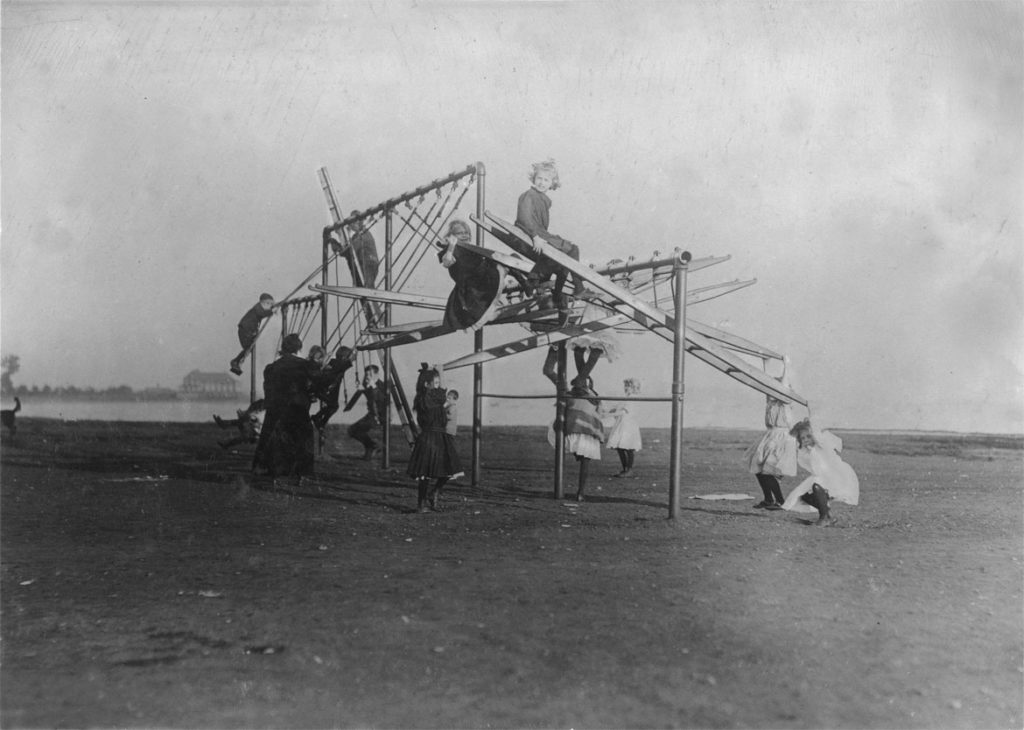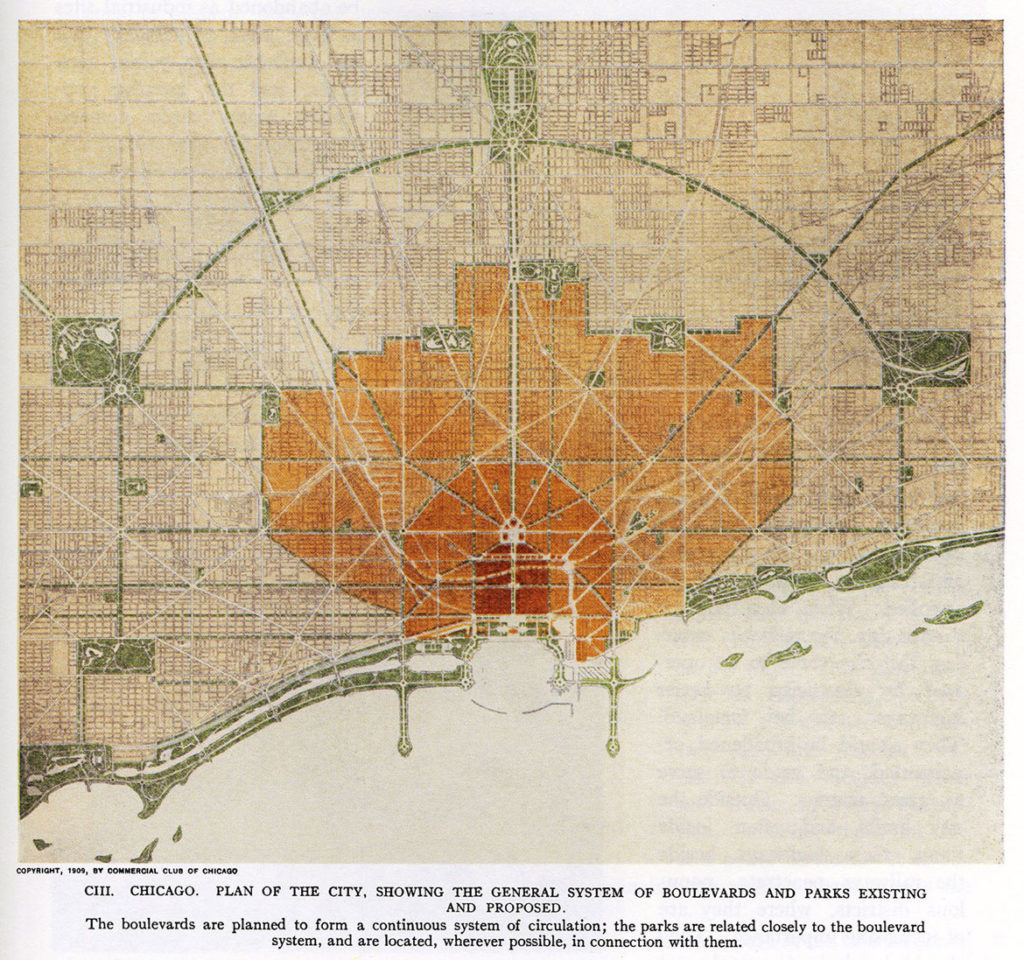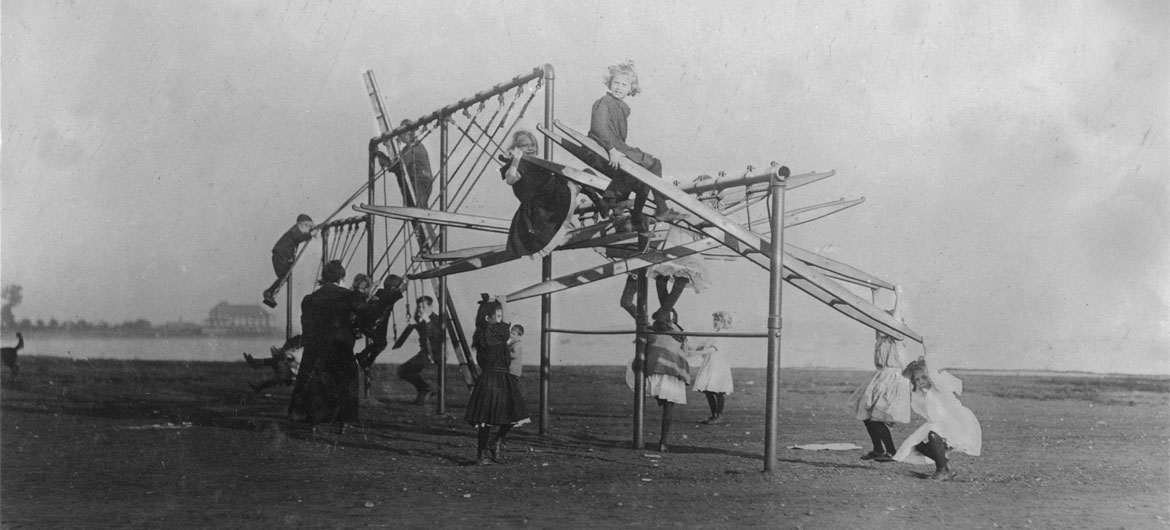“Big Plans: Picturing Social Reform,” at Boston’s Isabella Stewart Gardner Museum from June 20 to Sept. 15, 2019, looks back a century and a half ago to a moment of ambitious progressive idealism—that happily was also backed by political will for major civic improvements.

At the center of this sharp, two-room study are two white fellows. Photographer Lewis Hine’s muckraking documentation of terrible conditions in slums and factories helped foment community calls for change. The other major figure highlighted here is Frederick Law Olmsted, the son of a well-off Connecticut dry goods merchant, who parlayed that happy circumstance into adventures in farming, travel and journalism. He finally found his passion, success and fame co-designing New York’s Central Park, Boston’s Franklin Park and Emerald Necklace, and Chicago’s Jackson Park. (The exhibition also features a cameo appearance by Isabella Stewart Gardner and plans that turned the Back Bay from a marsh into a tony neighborhood.)

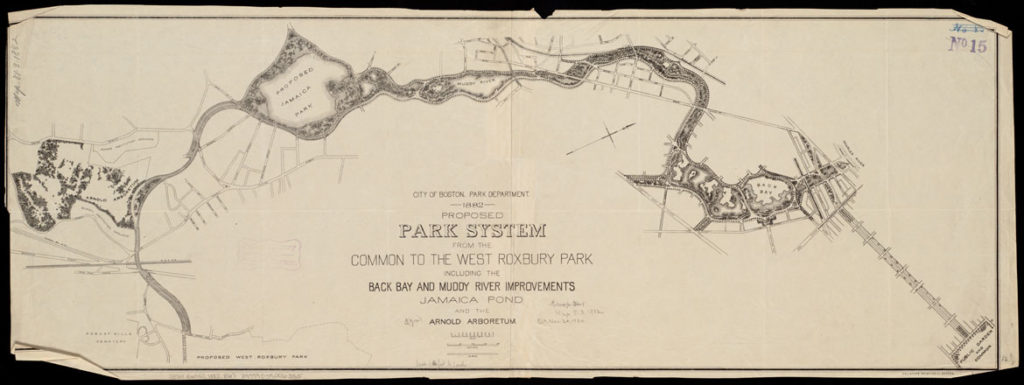
All this is represented by some photos by Hine and a lot of maps, especially of Central Park. Before Central Park was Central Park, it was a difficult to develop rocky and soggy land where African Americans and animal rendering businesses found a home. They were pushed out and the landscape remade as an urban oasis where citizens of all classes and backgrounds are supposed to happily mix in a leafy democratic utopia inspired by the gardens of European aristocrats, Olmsted’s attempts at agriculture, and his 1850s tours of Southern slave plantations and the Texas-Mexico borderlands. Somehow the plans by Olmsted and his partner, architect Calvert Vaux, worked magnificently. Central Park is a masterpiece. Its success launched Olmsted at midlife into a career as the nation’s premiere urban park designer. (He also planned suburbs.)
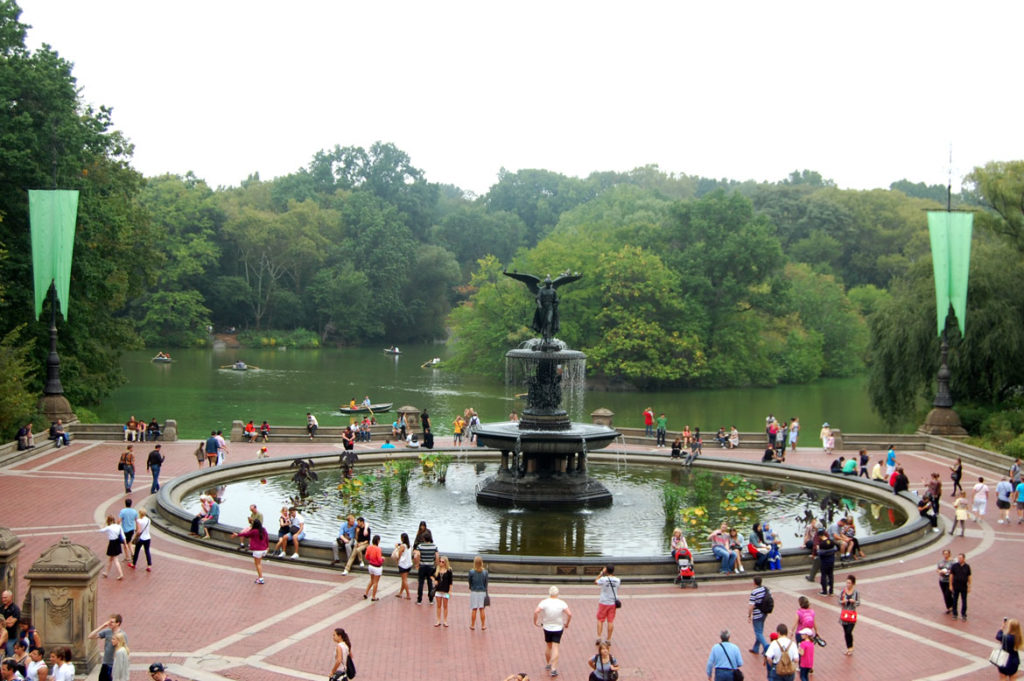
The original aerial view plans here are holy relics, but they’re rather dry to decode. The storytelling could benefit from more photos and sketches and paintings of the parks showing what the neighborhood looked like before, how the parks appeared when construction was complete, and what they’ve become today.
The first section of New York’s Central Park opened to the public in 1858. Work continued over the next decade and a half. The park worked because of its location and scale, dramatically serving dense New York neighborhoods all around it. And people (mostly) got along. It worked because of its variety. Olmsted and Vaux created, in effect, large outdoor rooms, each with a different environment and feel—pond, field, woods. You discover the changes not from a distance, but as you come upon them. This makes the park feel bigger and more magical, accommodating more varied interests and helping it remain fresh even for regulars.
If this is the kind of coverage of arts, cultures and activisms you appreciate, please support Wonderland by contributing to Wonderland on Patreon. And sign up for our free, weekly newsletter so that you don’t miss any of our reporting.


(Courtesy Isabella Stewart Gardner Museum)
